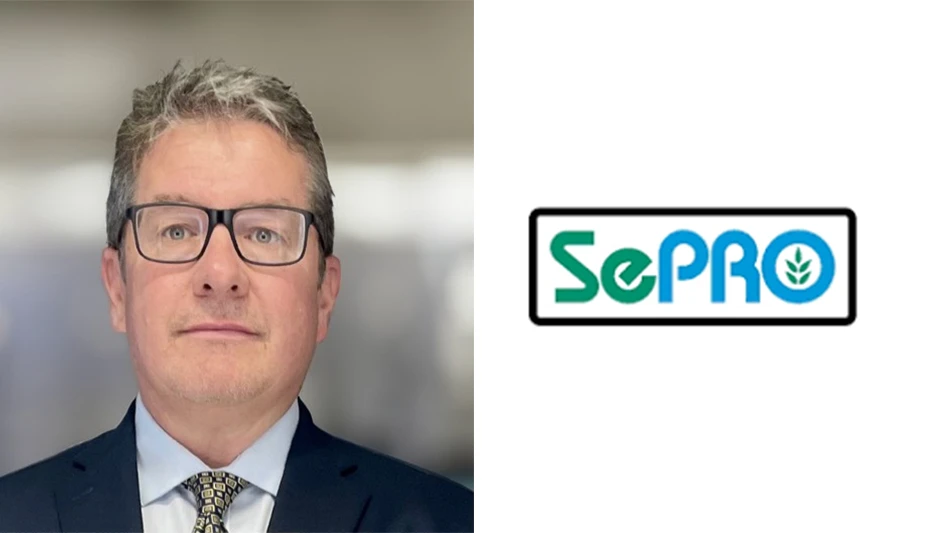
 Jeffrey D. Brauer |
Peter Lynch is well known as the wildly successful manager of the Fidelity Magellan Fund from 1977-90. In that time, Magellan’s holdings typically doubled average market indexes. In his writings and books, he noted that good investments were usually found right in front of his own eyes, rather than in investment research, charts and formulas. Specifically, he found many great investments when he was out with his family or at the mall. For instance, if his kids ate at a certain fast food place, or purchased clothes at a particular store, he bought that stock. I was reminded of the Lynch story recently, while playing golf with some fellow architects. One of the architects managed to reach a par 5 green in two shots, and made birdie. High fives all around. In the 19th Hole, he revealed that when he got to the green, he was thrilled that the putt was reasonably flat, giving him a small chance for eagle, and a near certain birdie. We all realized that if we saw that reachable par-5 hole as designers working with a greens committee, we would instinctively recommend something to “toughen it up” and “defend par.” After a moment of silence, what occurred next could only be described as a “lightbulb moment.” Why do architects focus on preventing birdies, when they are exactly what golfers want? Overhearing other bar conversations, golfers around us were clearly reliving their successes, and certainly not their bogeys and bigger disasters, unless they were truly monumental. As we continued the discussion, we realized our design ideas came not from average play, but from old architecture books. If Ross, Tillinghast or even more modern architects like Robert Trent Jones, Jack Nicklaus and Pete Dye wrote it, who are we to argue? But, we forget that they got famous by designing championship courses, and less so for designing courses average players can enjoy every day. And, to my knowledge, those design theories haven’t been scientifically been measured for popularity. At the bar, we proceeded to cite other examples of players telling us what they like, starting with Internet course reviews, where average golfers always mention conditioning, and rarely mention design and difficulty. Then, it was personal experience, like the 36-hole renovation, where we were first asked to “restore” a longtime championship course. However, for the second course, the members forcefully told us, “Make it easier.” Or the routine sights of:
On many of those shots, the golfer lamented, “But, I hit a great shot!” For most golfers, a “great shot” is one that gets airborne and flies nearly full distance, generally in the right direction. For most, however, when it comes time to design or re-design a golf course, owners, committee members and architects nearly always start with a “design brief/program” incorporating these (mostly imaginary) premises:
And, in reading the “philosophy” sections on many architectural firms’ web pages, they design for the best players, and at best, are merely accommodating the far larger “average player” contingent. So, it must sell, and maybe they are giving those who sign their checks what they want. Large management companies — who hear numerous front line golfer complaints — are on board with easier golf, and usually add that to the design program statements. As one told me, before starting a redesign project, “No one has ever complained to us about us making a course easier.” There may be some lower limit to how easy courses should be, as most golfers do like a reasonable challenge, but with architecture that focuses on them, not the pros, and reward their good shots, with hazards tailored to their skills, not the pros.
Jeffrey D. Brauer is a veteran golf course architect responsible for more than 50 new courses and more than 100 renovations. A member and past president of the American Society of Golf Course Architects, he is president of Jeffrey D. Brauer/GolfScapes in Arlington, Texas. Reach him at jeff@jeffreydbrauer.com. |

Explore the September 2015 Issue
Check out more from this issue and find your next story to read.
Latest from Golf Course Industry
- Bloom Golf Partners adds HR expert
- Seeking sustainability in Vietnam
- Kerns featured in Envu root diseases webinar
- Toro continues support of National Mayor’s Challenge for Water Conservation
- A different kind of long distance
- Golf Construction Conversations: Stephen Hope
- EnP welcomes new sales manager
- DLF opening centers in Oregon, Ontario






